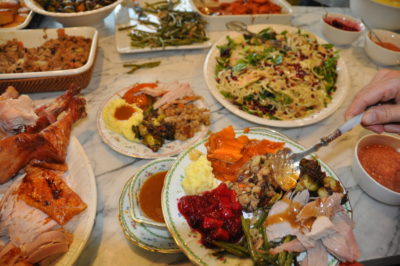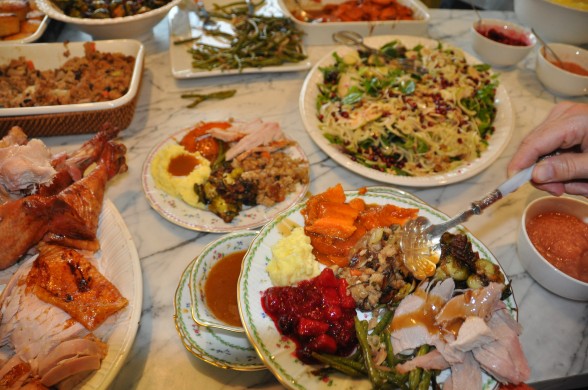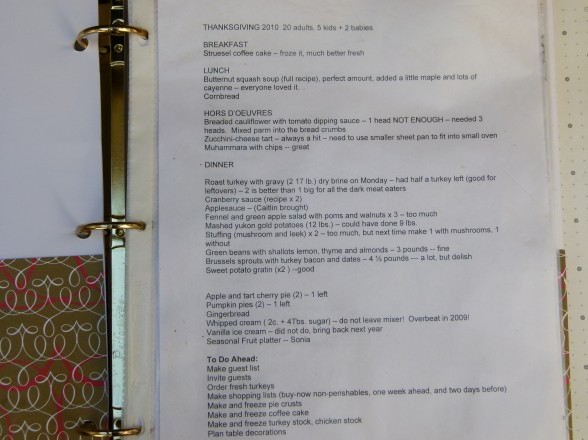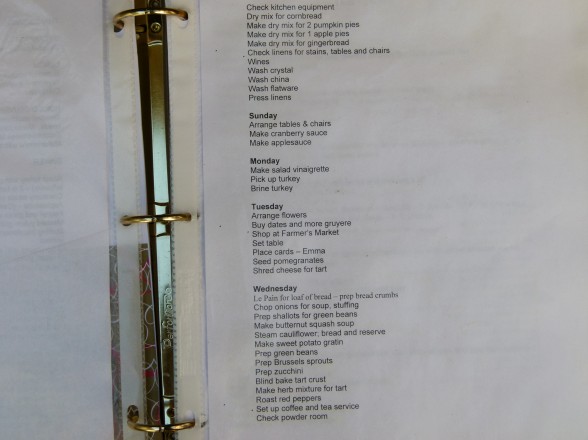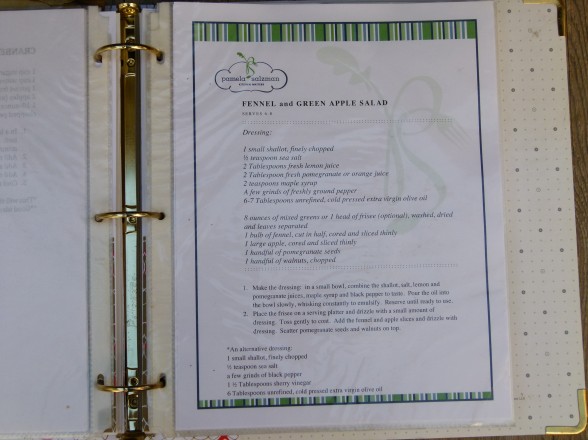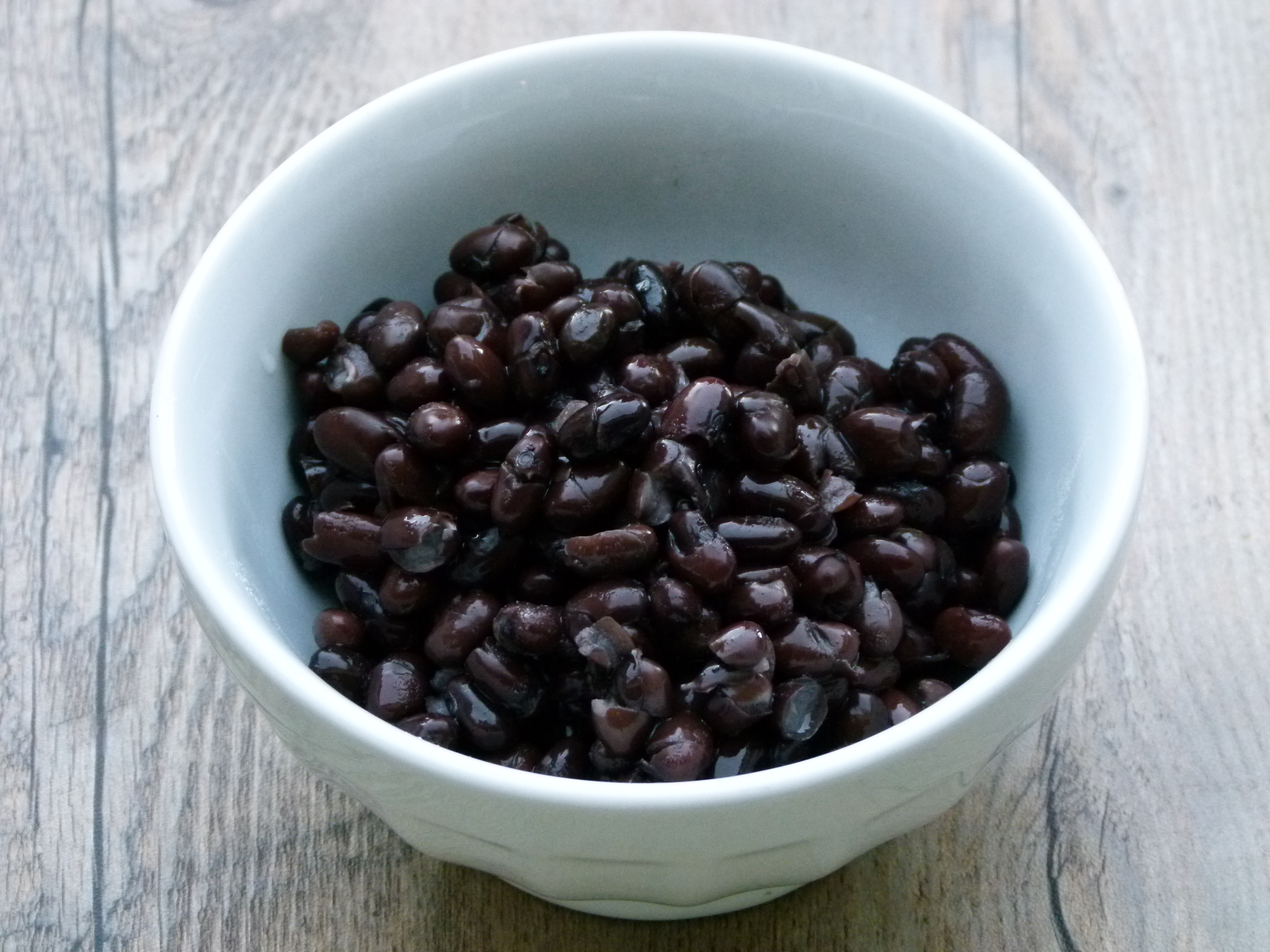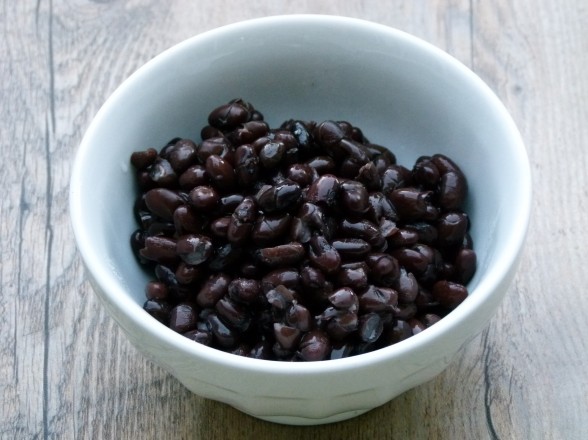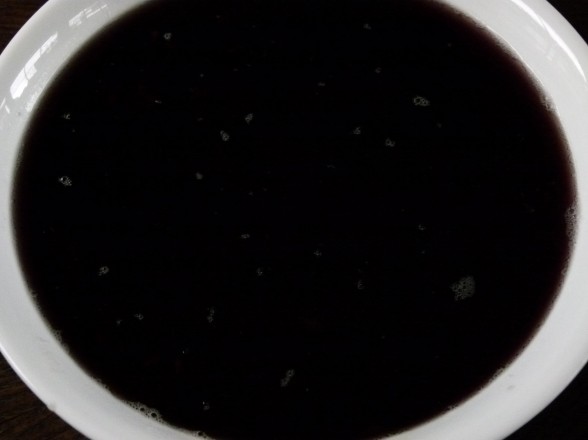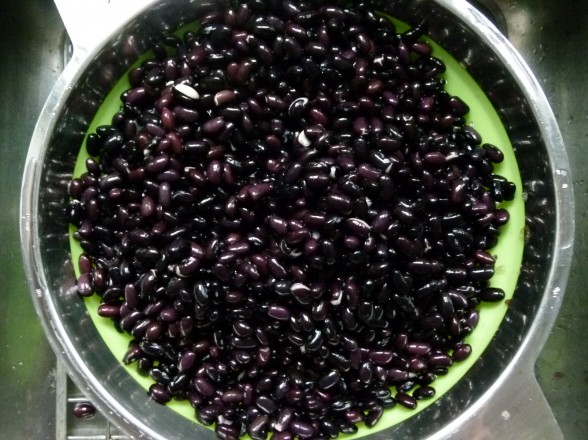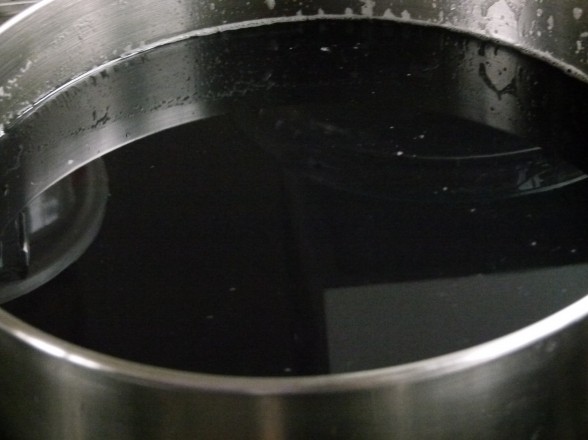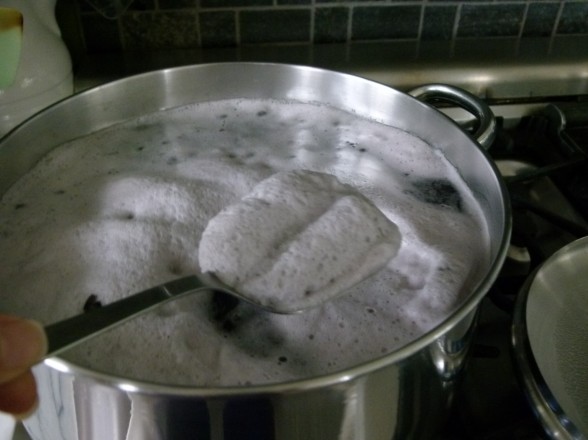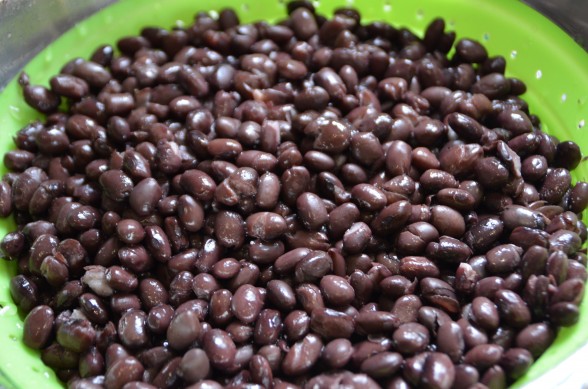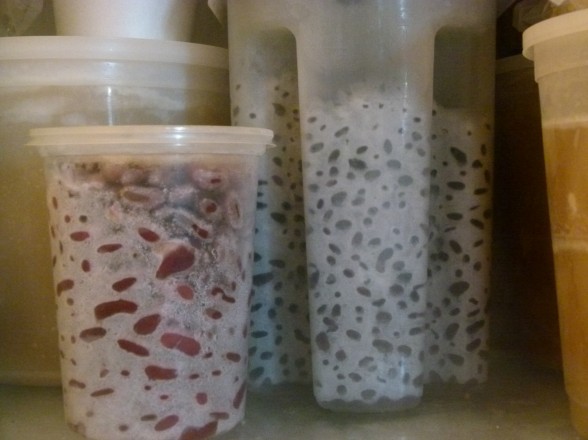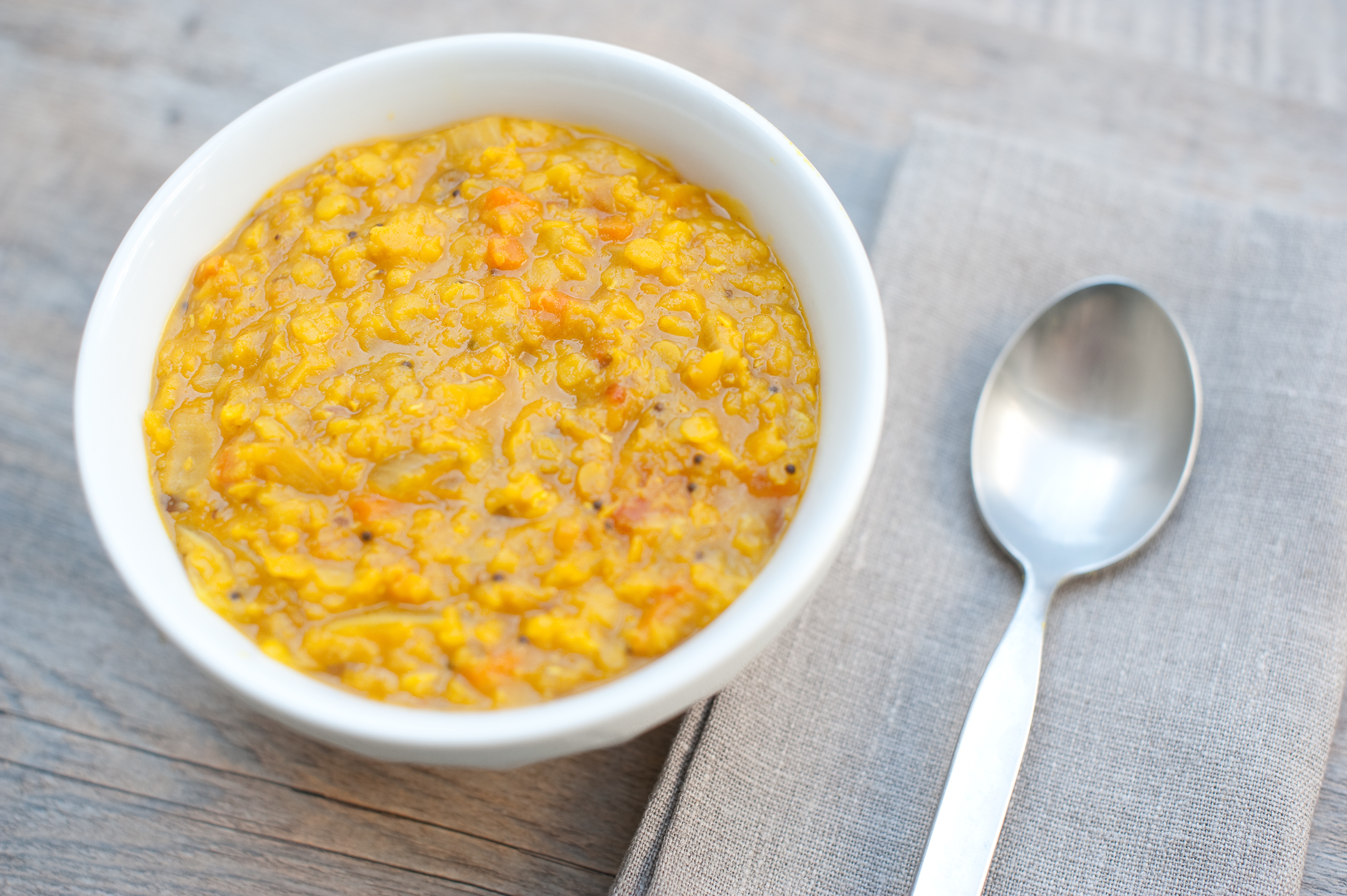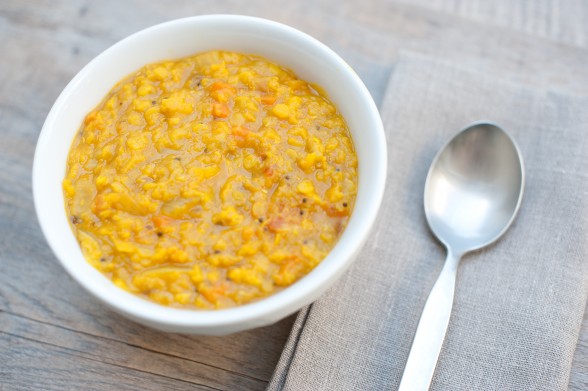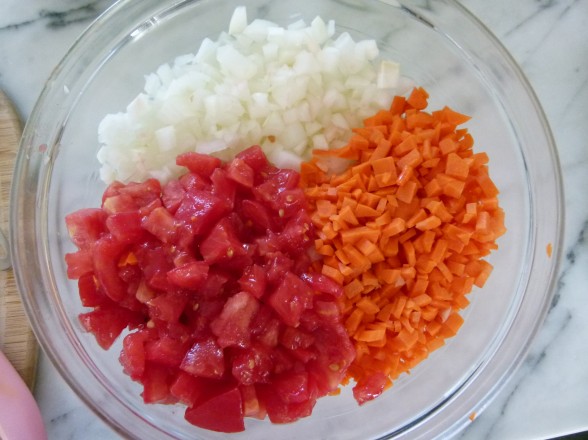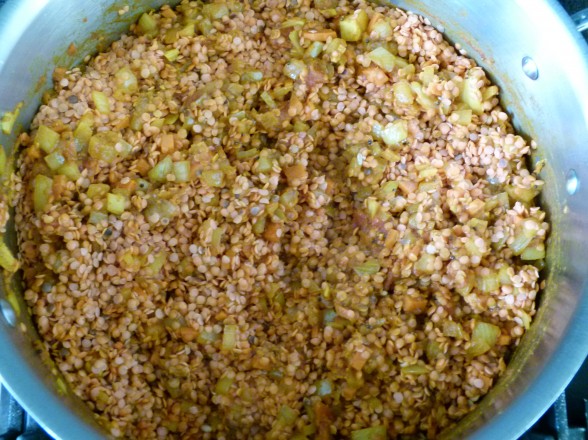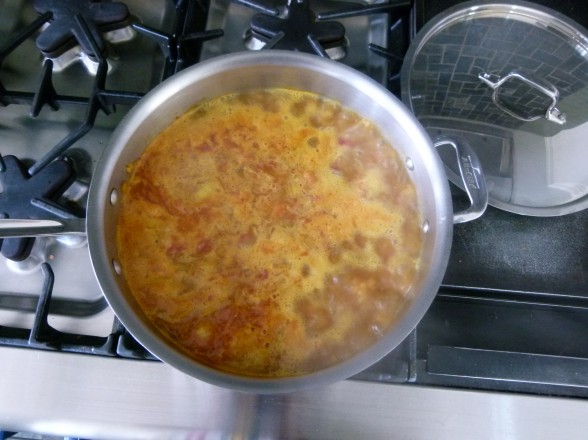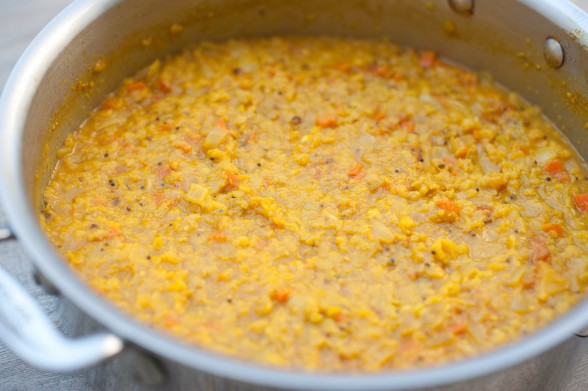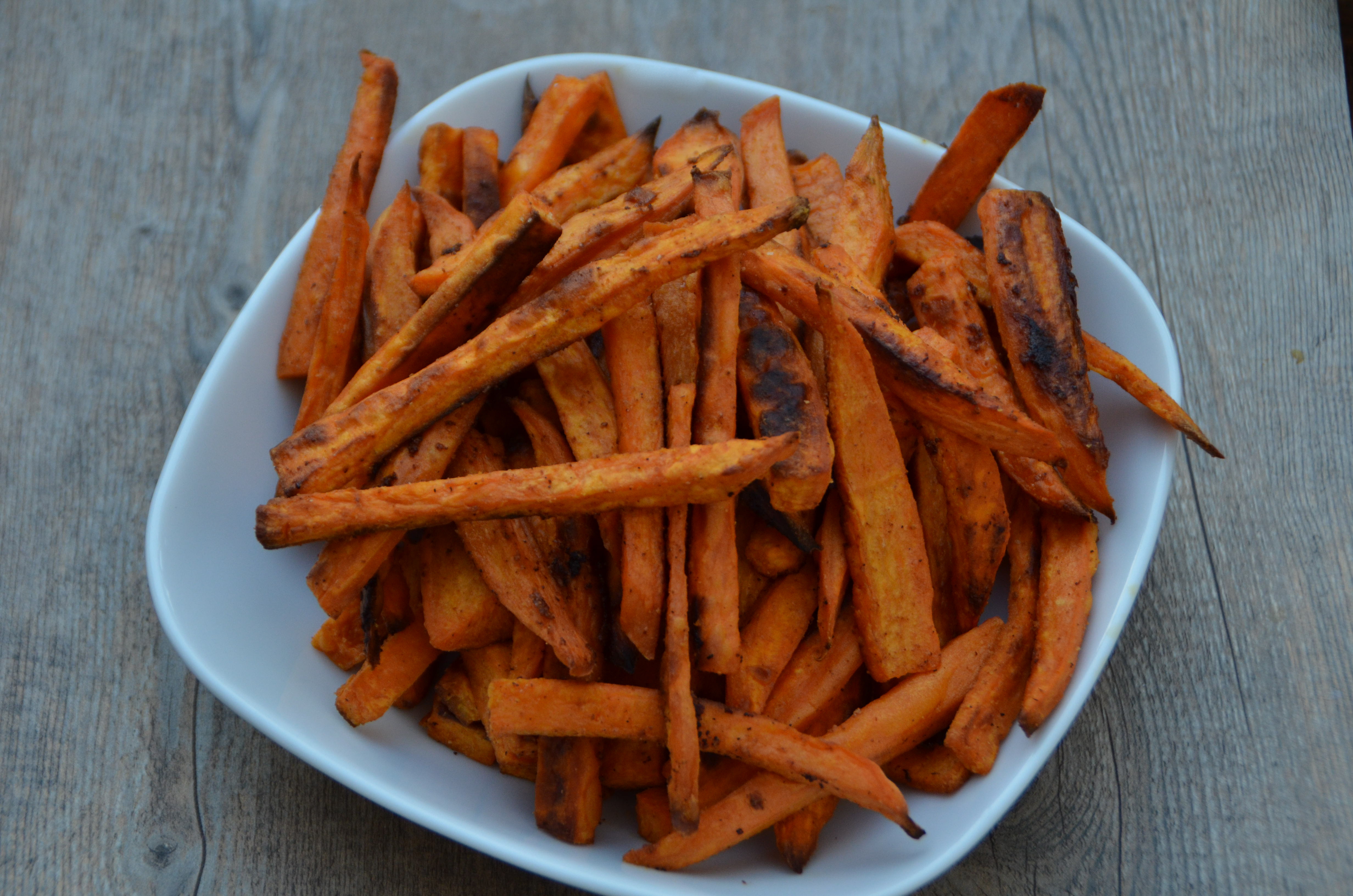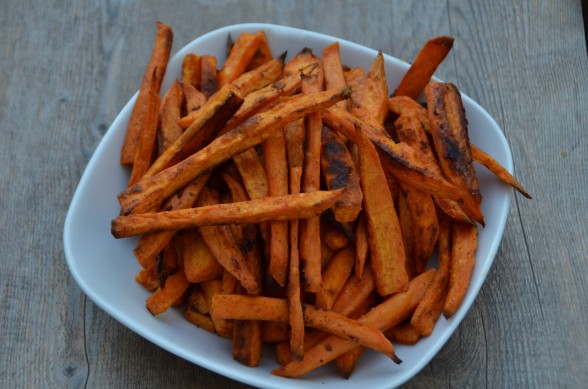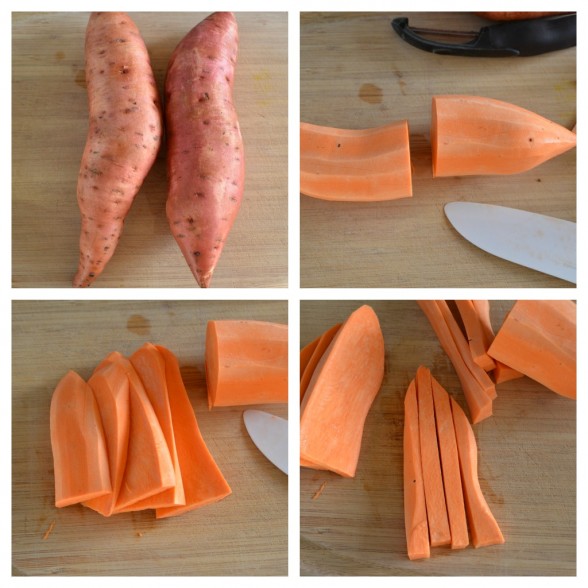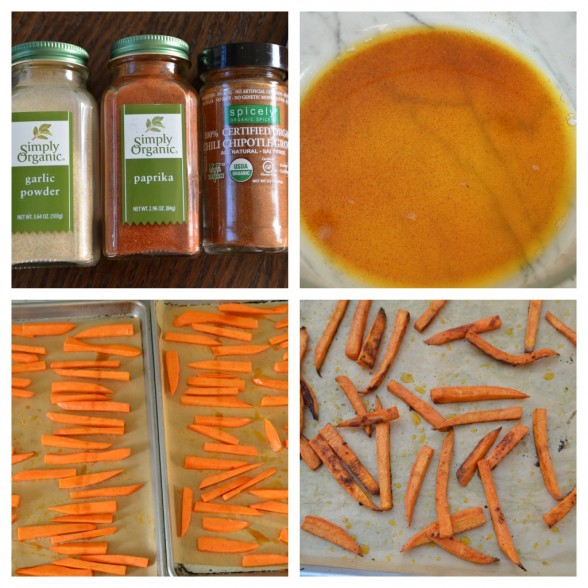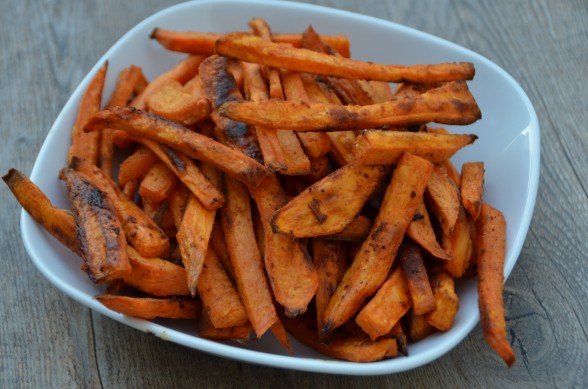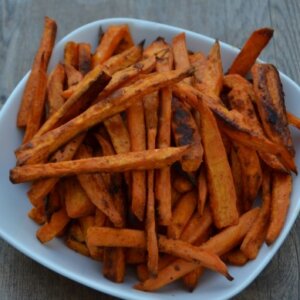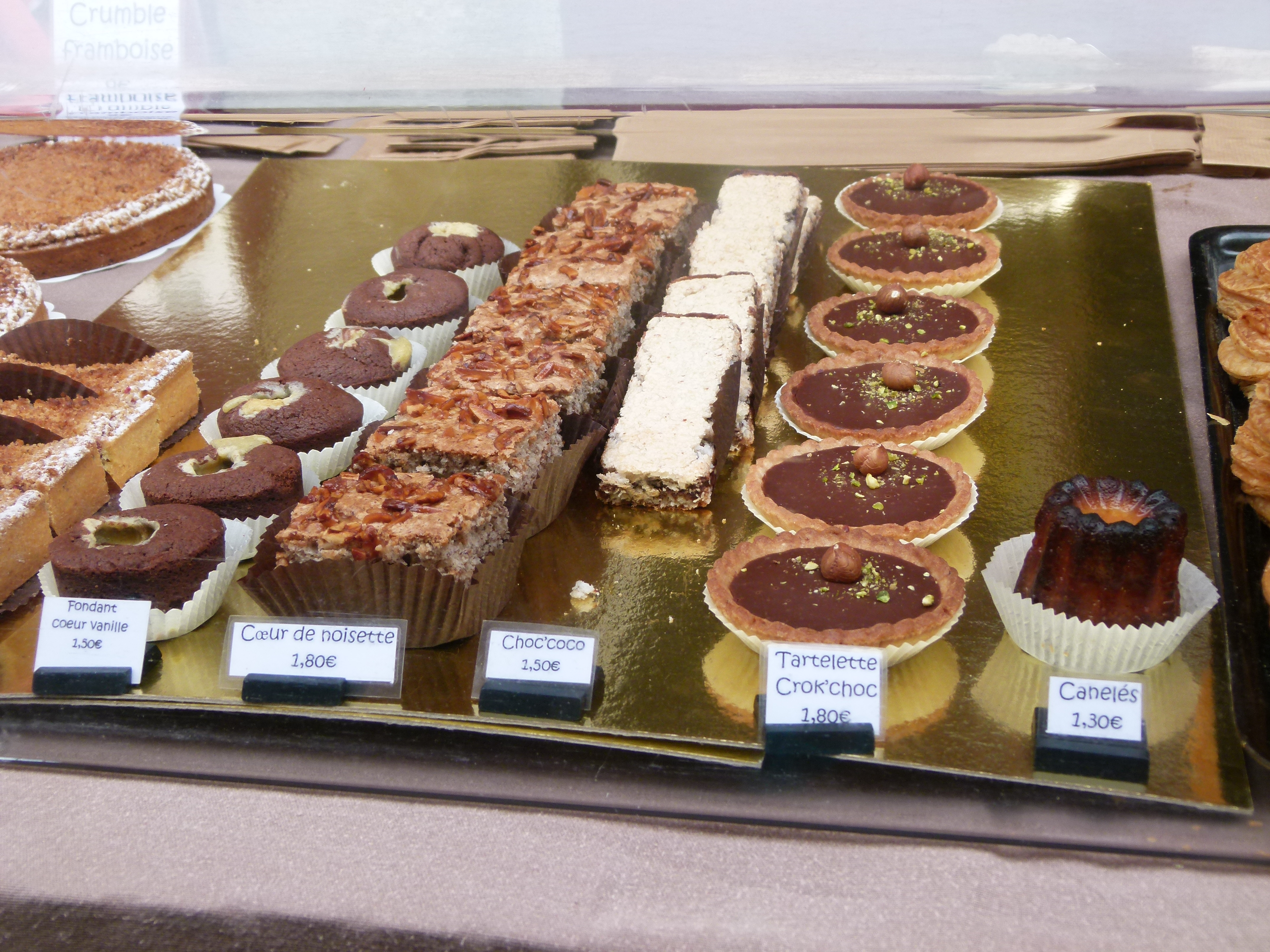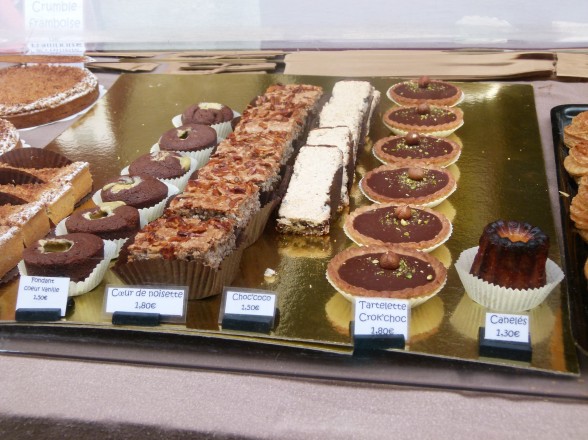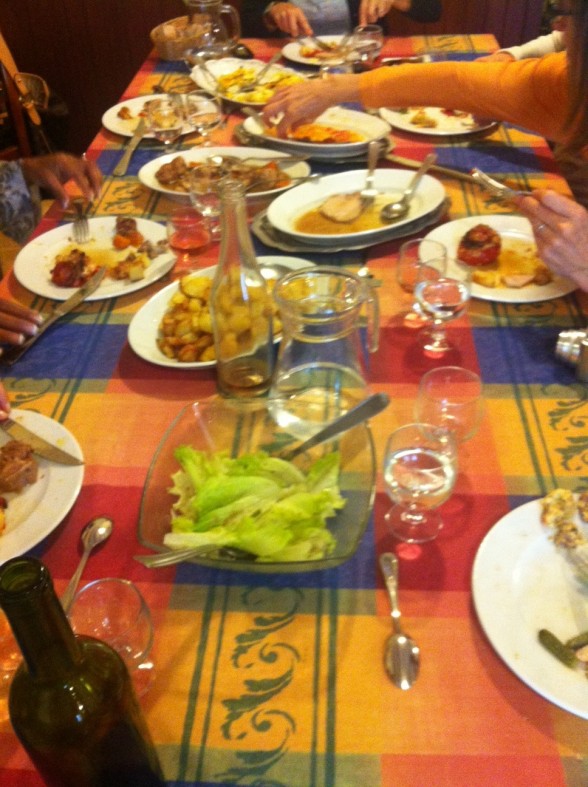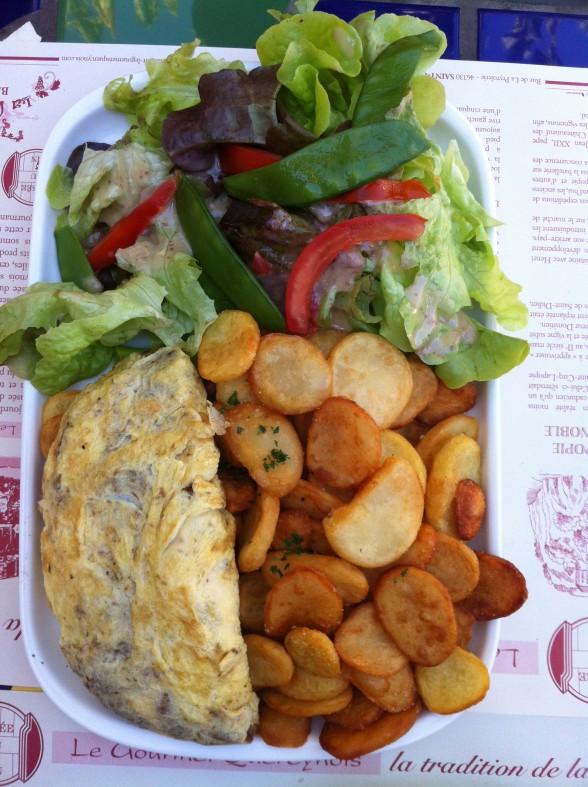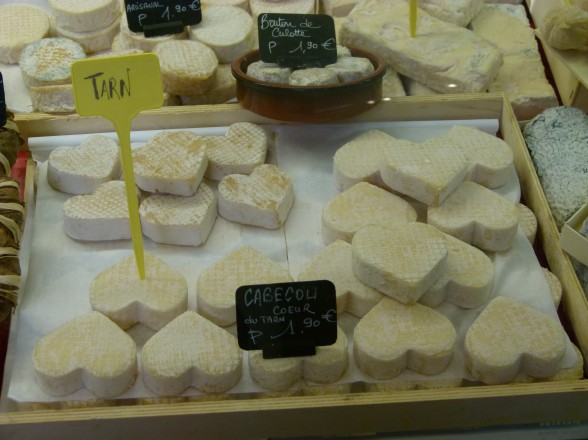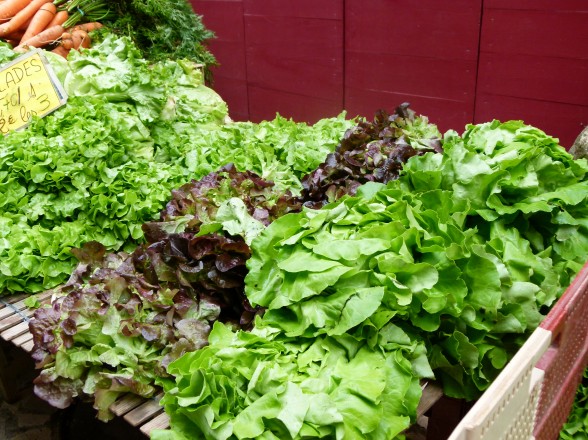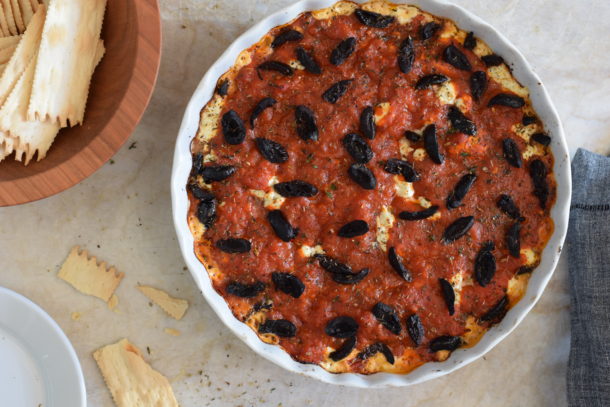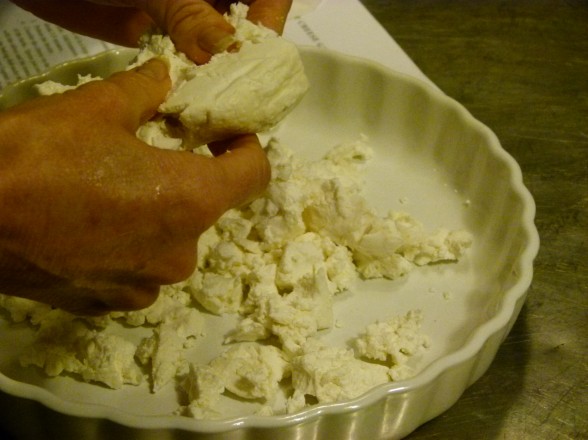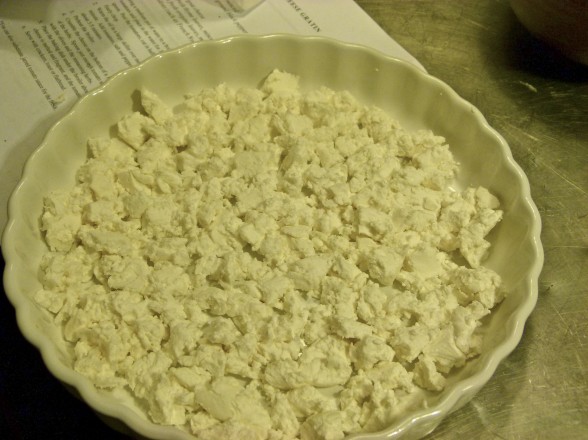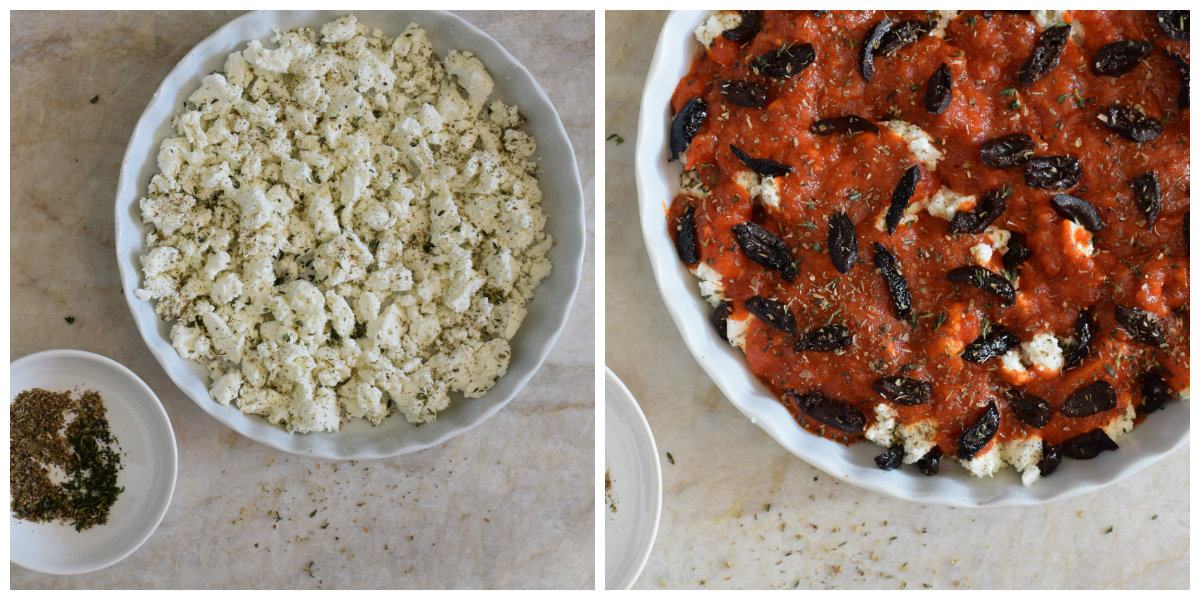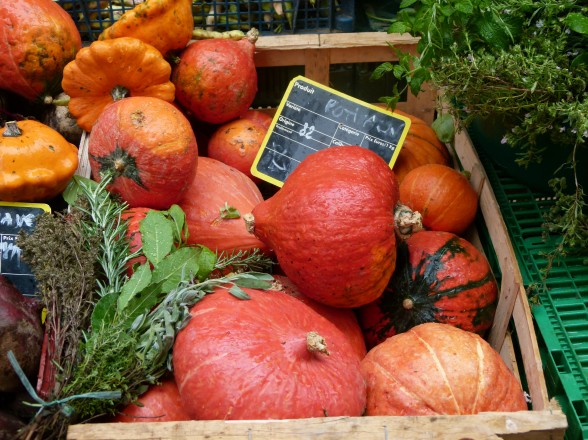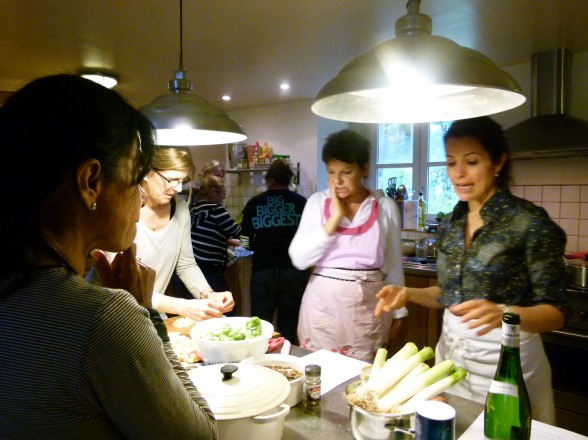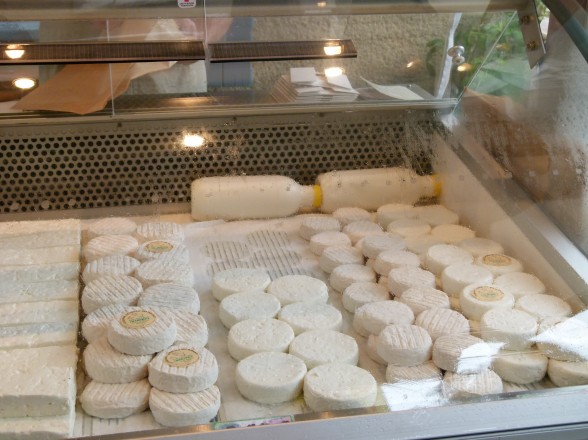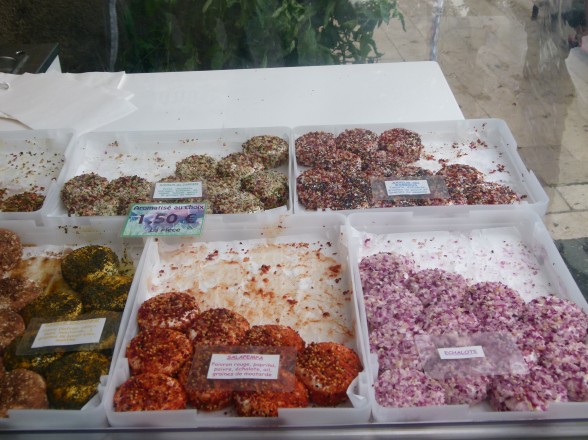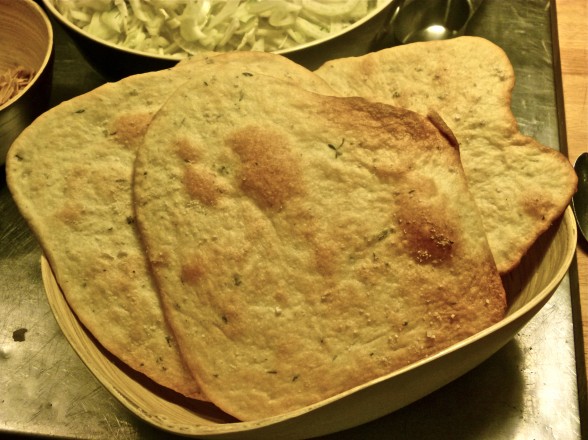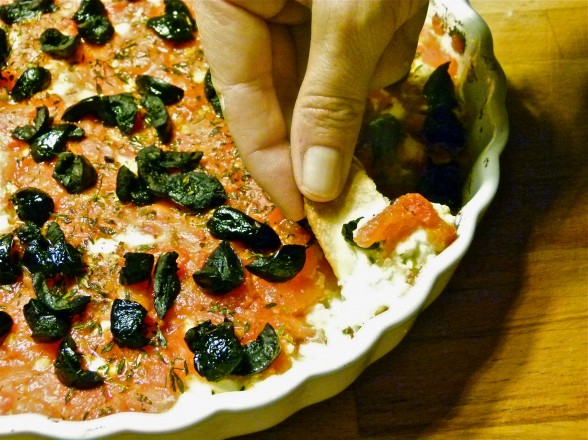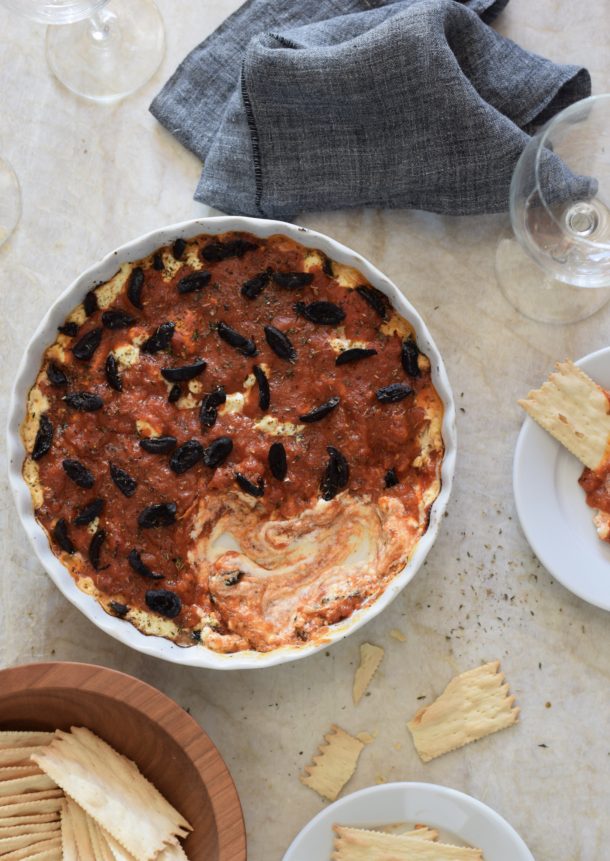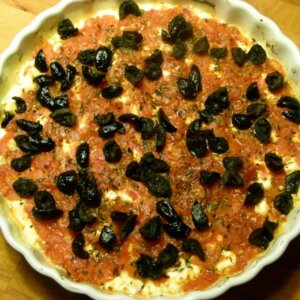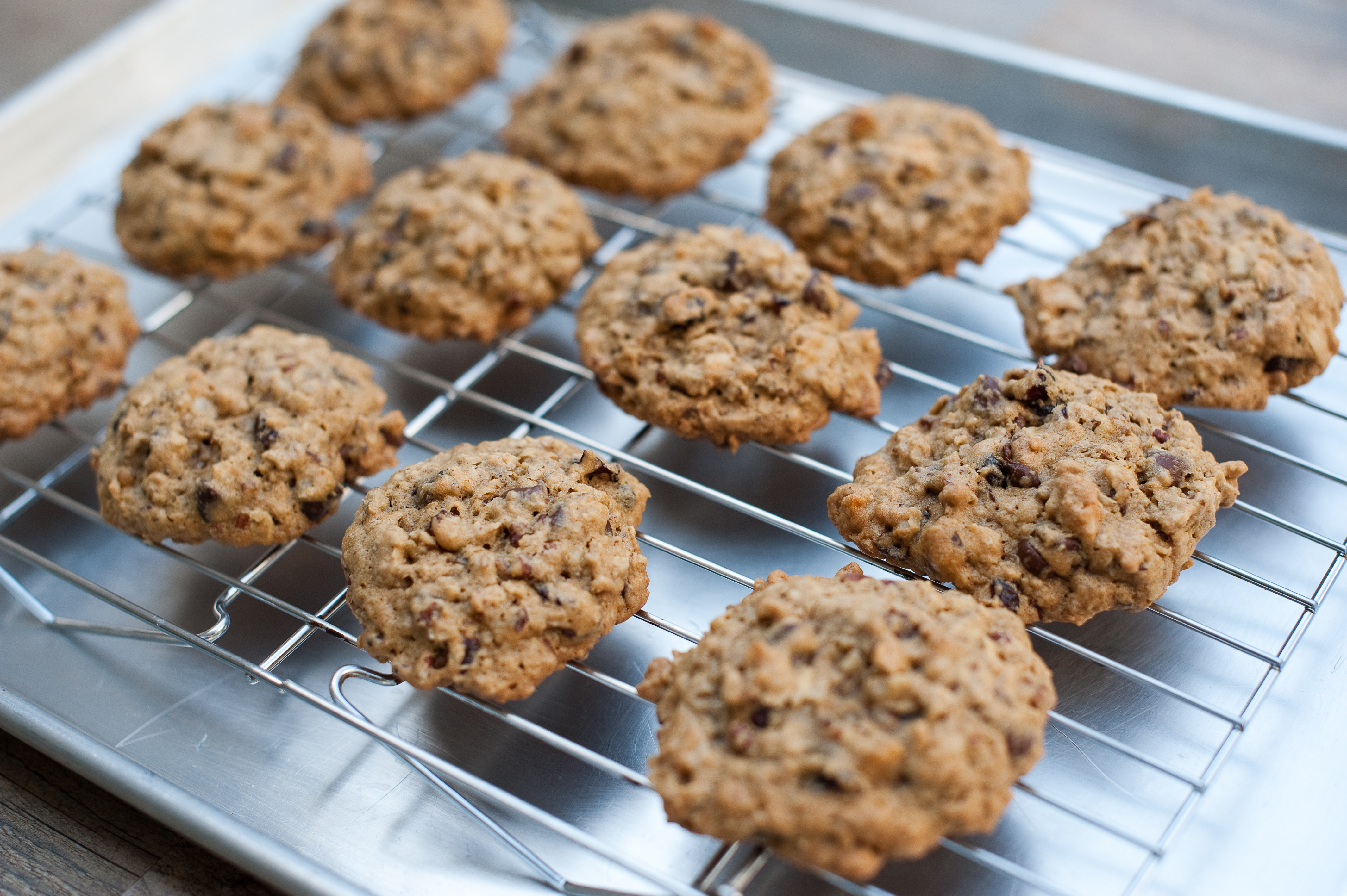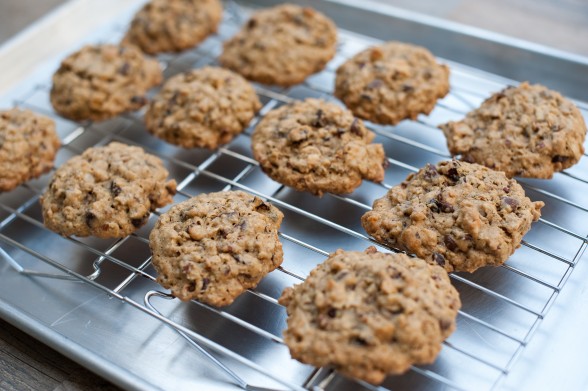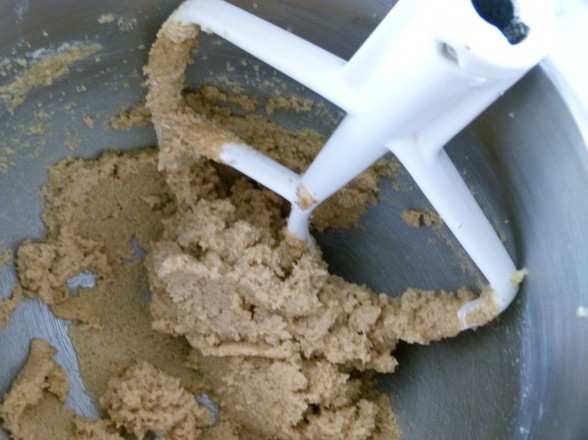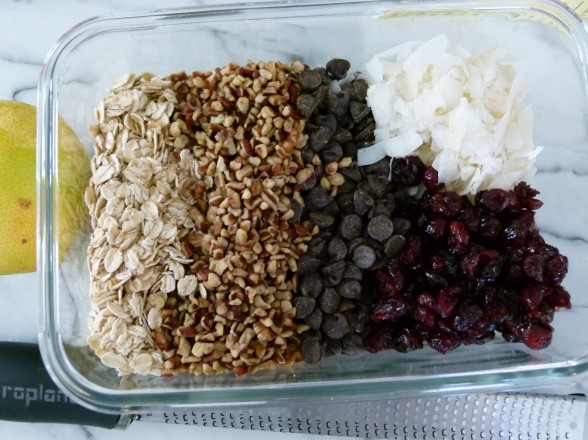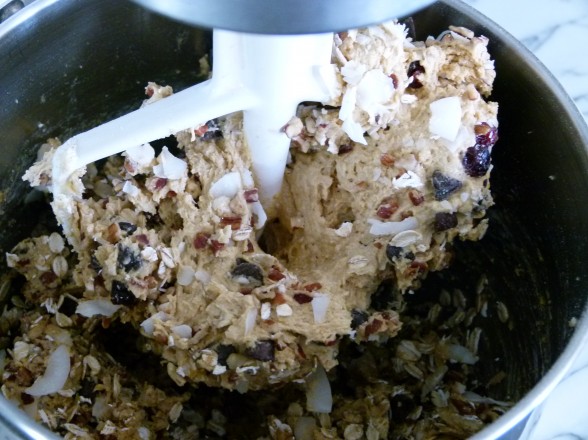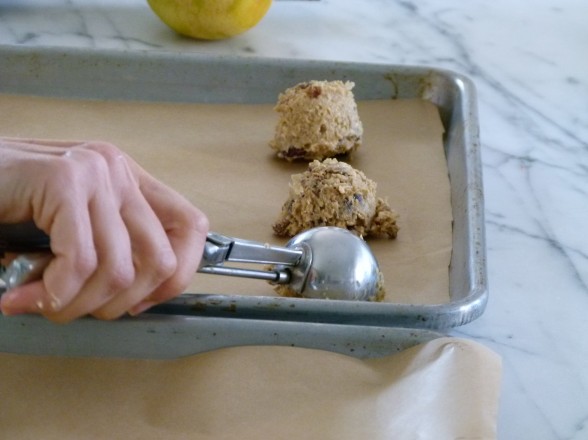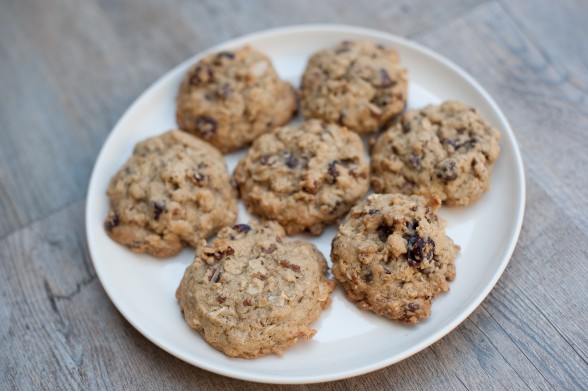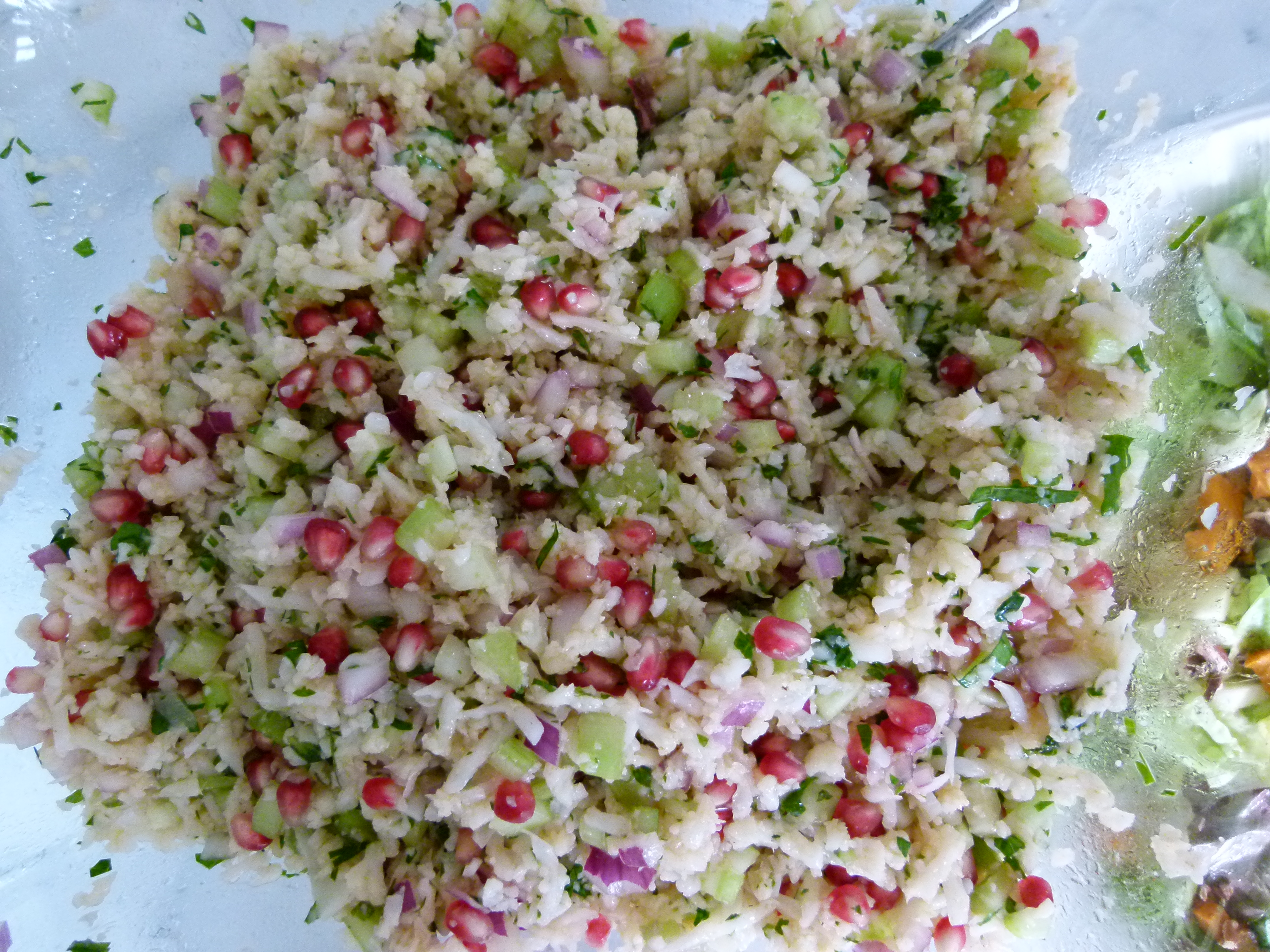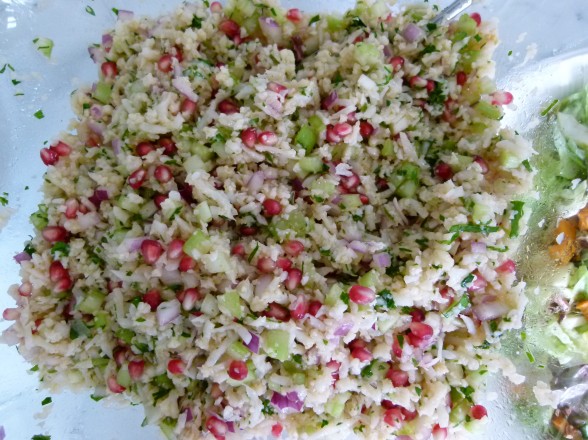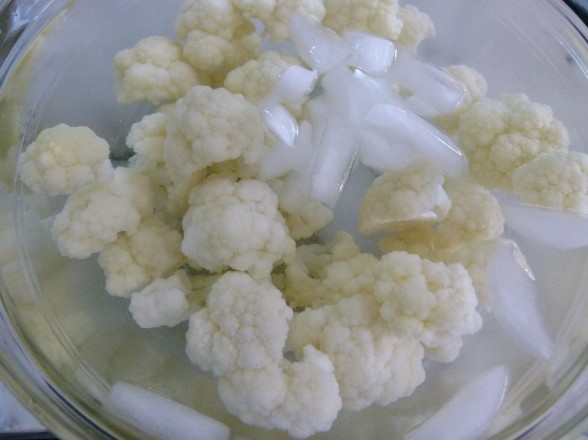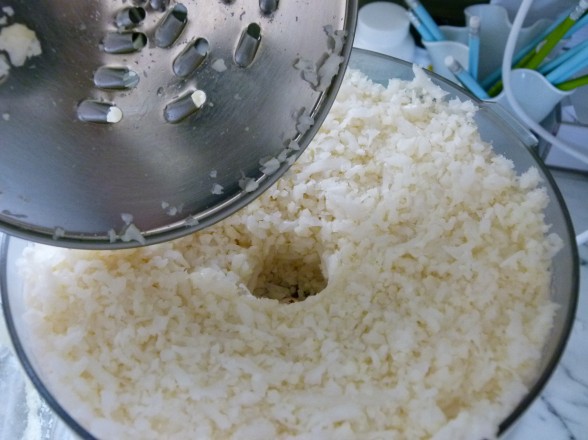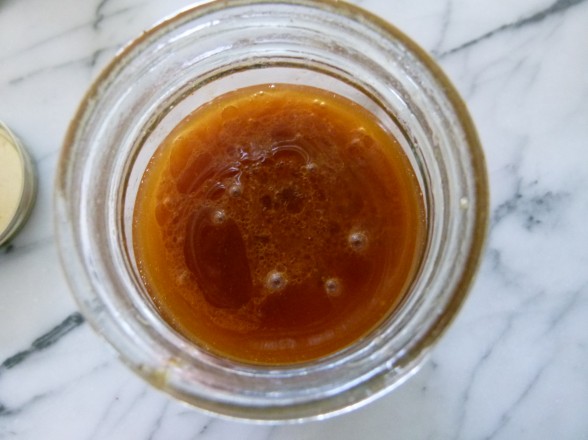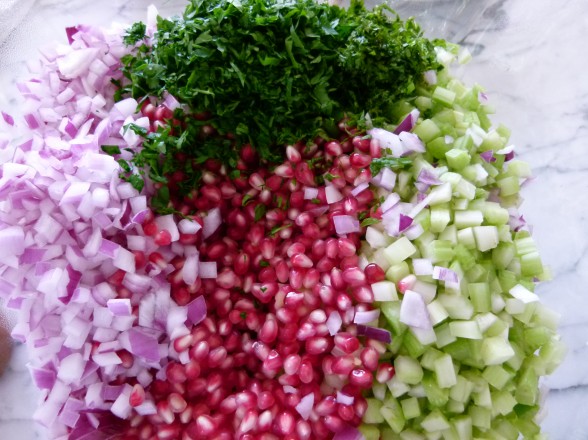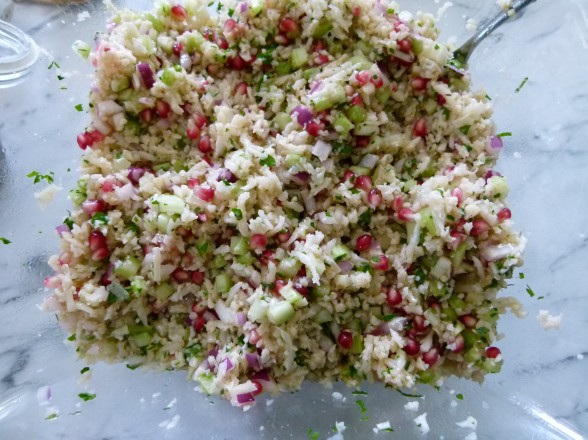Planning a Happy Thanksgiving — 4 Weeks and Counting
This post was originally published on October 27, 2011. I adore Thanksgiving. I love the traditions, the food, the Macy’s parade on television while I am making my pies, the football games. I love moving the family room furniture after the last football game is over to extend the dining room table. I love hearing everyone share why they’re grateful. I have cooked every Thanksgiving for the last 16 years, as well as dozens of Thanksgiving-themed cooking classes. I have made lots of mistakes and in the process learned a thing or two about how to execute and enjoy a very happy Thanksgiving. Every Thursday from today until the big day, I will share my best tips, strategies and a few good recipes to set you up for a successful holiday. Let’s get started!
4 Weeks Before Thanksgiving
- Guest list Now is a good time to invite family and friends for the holiday, even if they are regulars. I send an email out to all our guests with the schedule for the day, especially when we will sit down for dinner. We live on the West Coast, which means the last football game is over at 4:00. Anyone that wants to come for the earlier game is welcome to do so. There’s coffeecake, fruit and coffee in the morning. A mugful of soup and cornbread around noon; hors d’oeuvres at 3:00 pm and dinner is at 4:00 or whenever the game is over. You know that I pray for no overtime!
- Plan your menu Planning the Thanksgiving menu requires a bit of strategy and balance. Make sure you have a balance of cooked and raw food (One thing I have learned is no matter how big your kitchen or how many ovens you have, it’s never enough on Thanksgiving!); protein, starches and vegetables (I find most Thanksgiving menus to be too starchy;) and ingredients (make sure not every recipe has dried fruit and nuts in it.) Know what dishes need an oven and when because if you’re making turkey and you have one oven, you won’t be baking too much in the hours before dinner.
- Outsource Do as I say here. Don’t do as I do. You don’t have to make everything yourself. In fact, most people would be delighted to contribute something to the holiday which will alleviate the pressure on you. But you must be specific otherwise you’ll end up with 4 pumpkin pies and no green vegetables and we all know what I think about that. “Thank you, Caitlin for your offer to bring something. I think I’ll take you up on it. We have neither stuffing nor apple pie yet. Would you like to tackle one of those?”
- Write out a schedule Take the time to plan everything that you need to do over the next four weeks and put it on the computer so you have it for future holidays. By taking a little time now, you will save yourself stress, anxiety and HOURS later. Trust me on this. You can see my detailed schedule as an example.
- Photocopy your recipes from books and magazines I remember my first Thanksgiving with a stack of cookbooks and magazines taking up valuable counter space and my wasting so much time looking up each recipe multiple times. Ugh! Put your photocopied recipes in sheet protectors and create a dedicated Thanksgiving or holiday binder organized by category. This just might be the most useful tip I give you.


